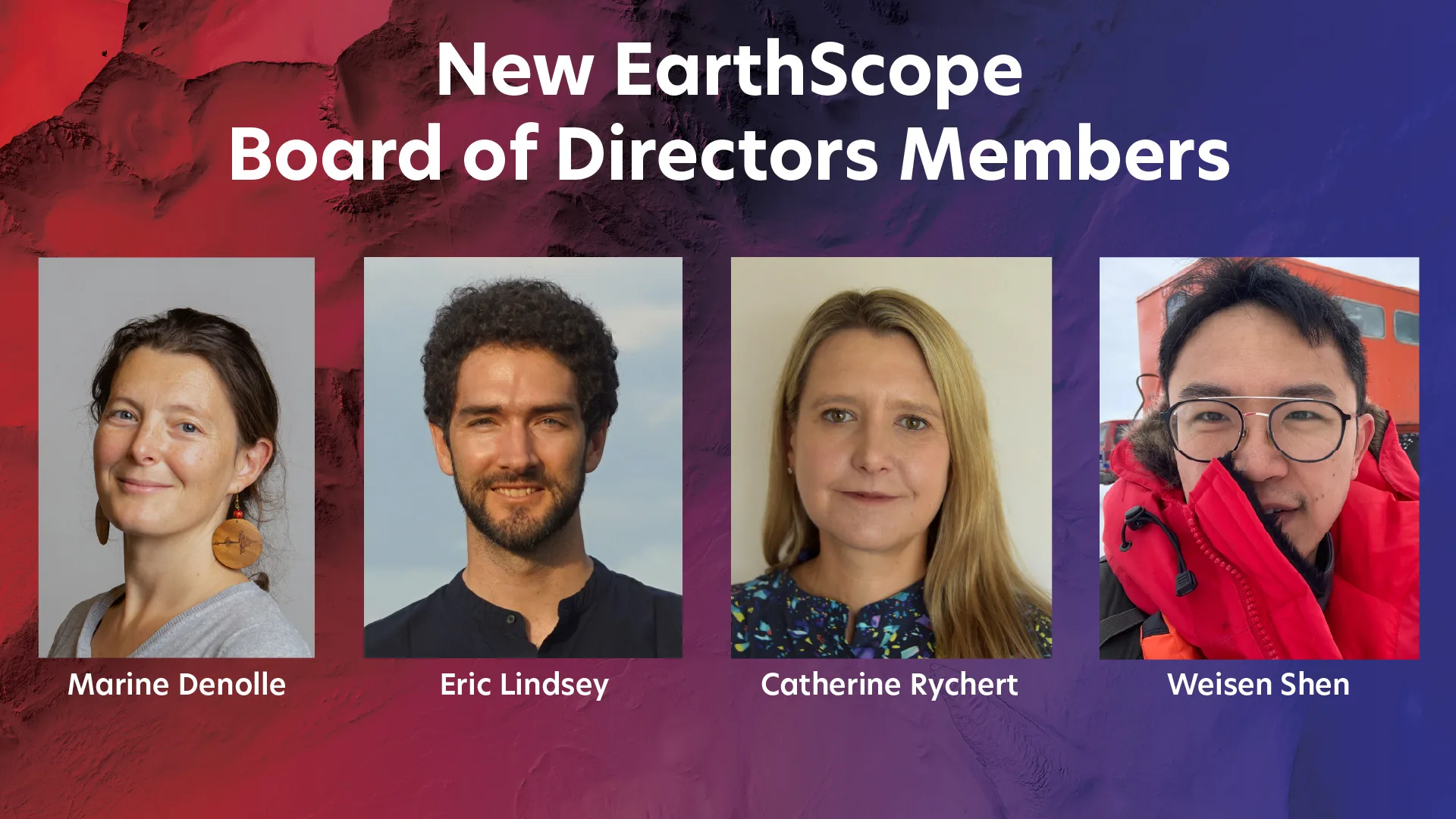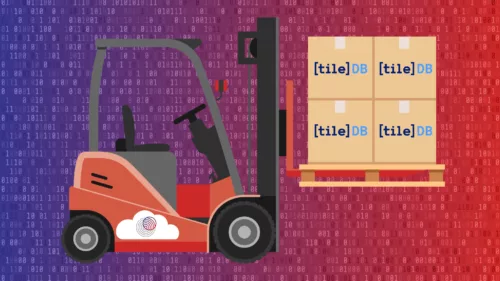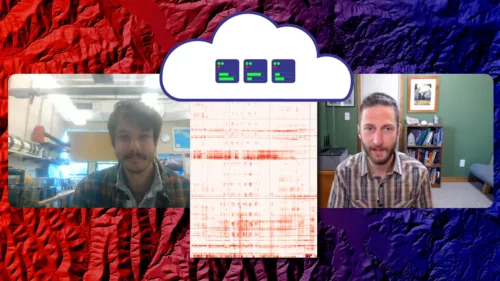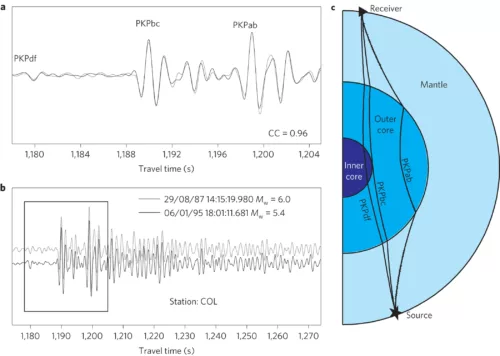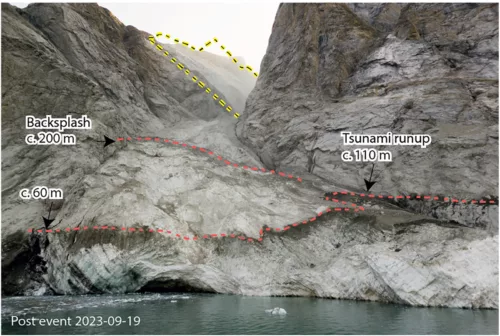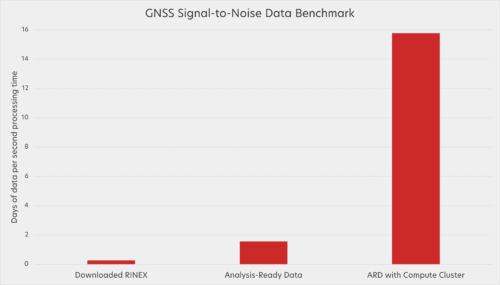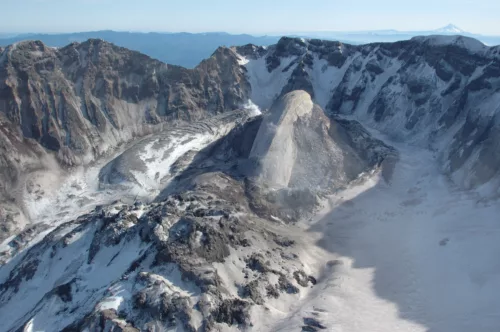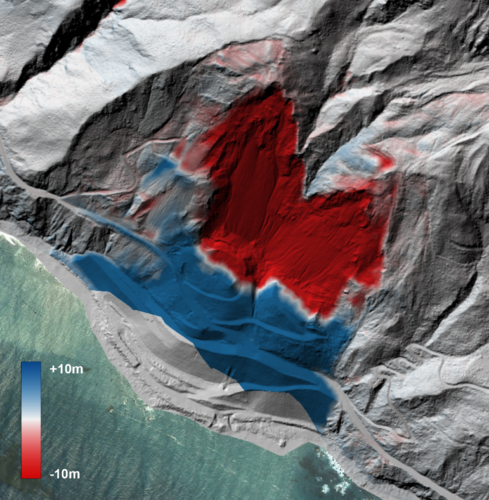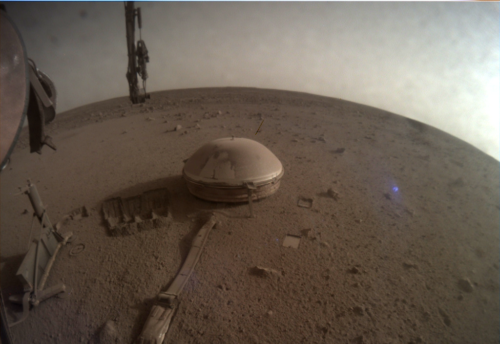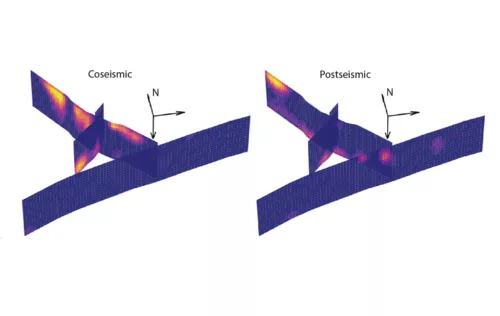
Strainmeters and GNSS stations reveal subtle fault movements after the 2019 Ridgecrest earthquake
When we experience a significant earthquake—along with any foreshocks or aftershocks associated with it—the shaking is hard to ignore. But there are also subtle movements afterward we may only notice with the help of precision instruments.


